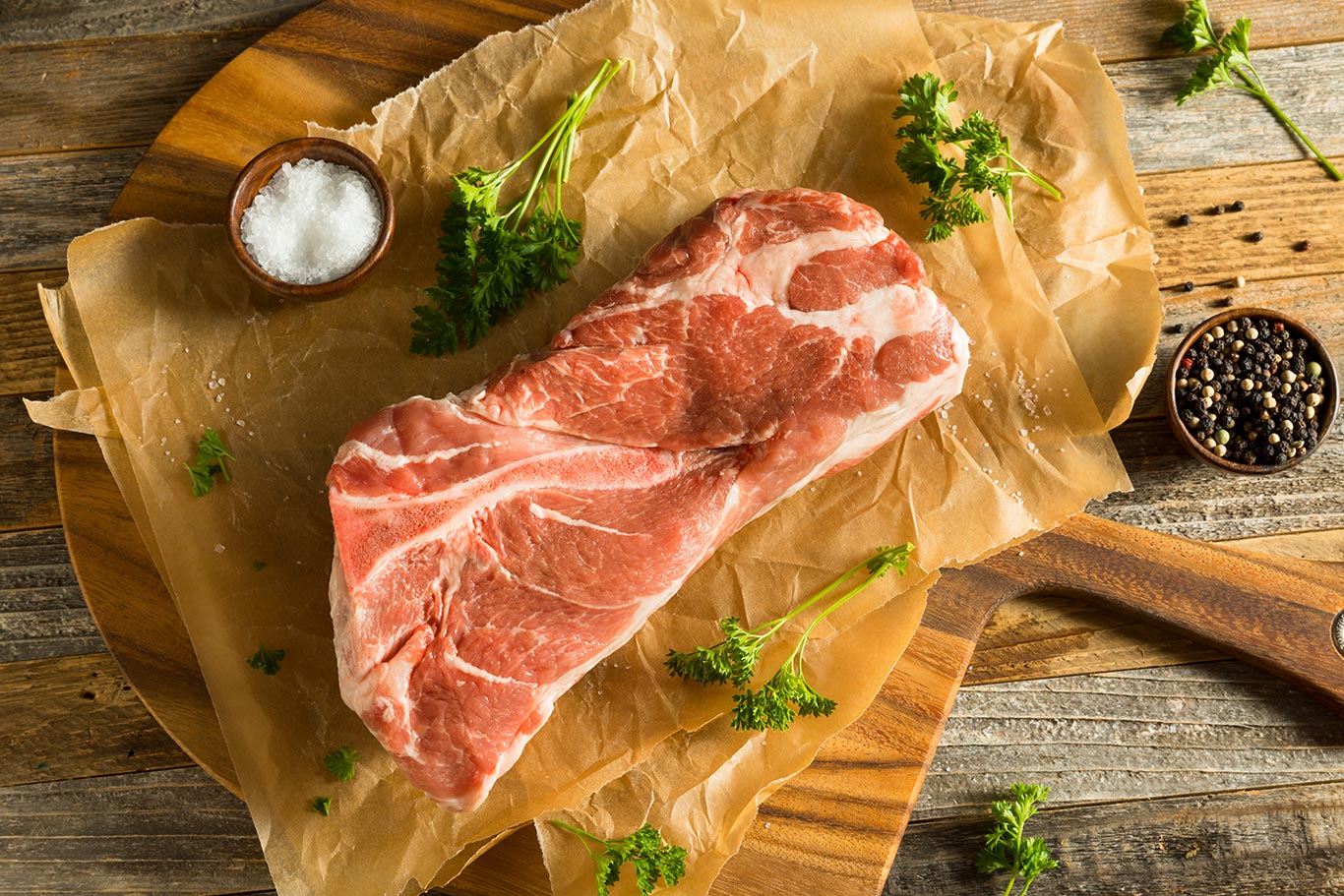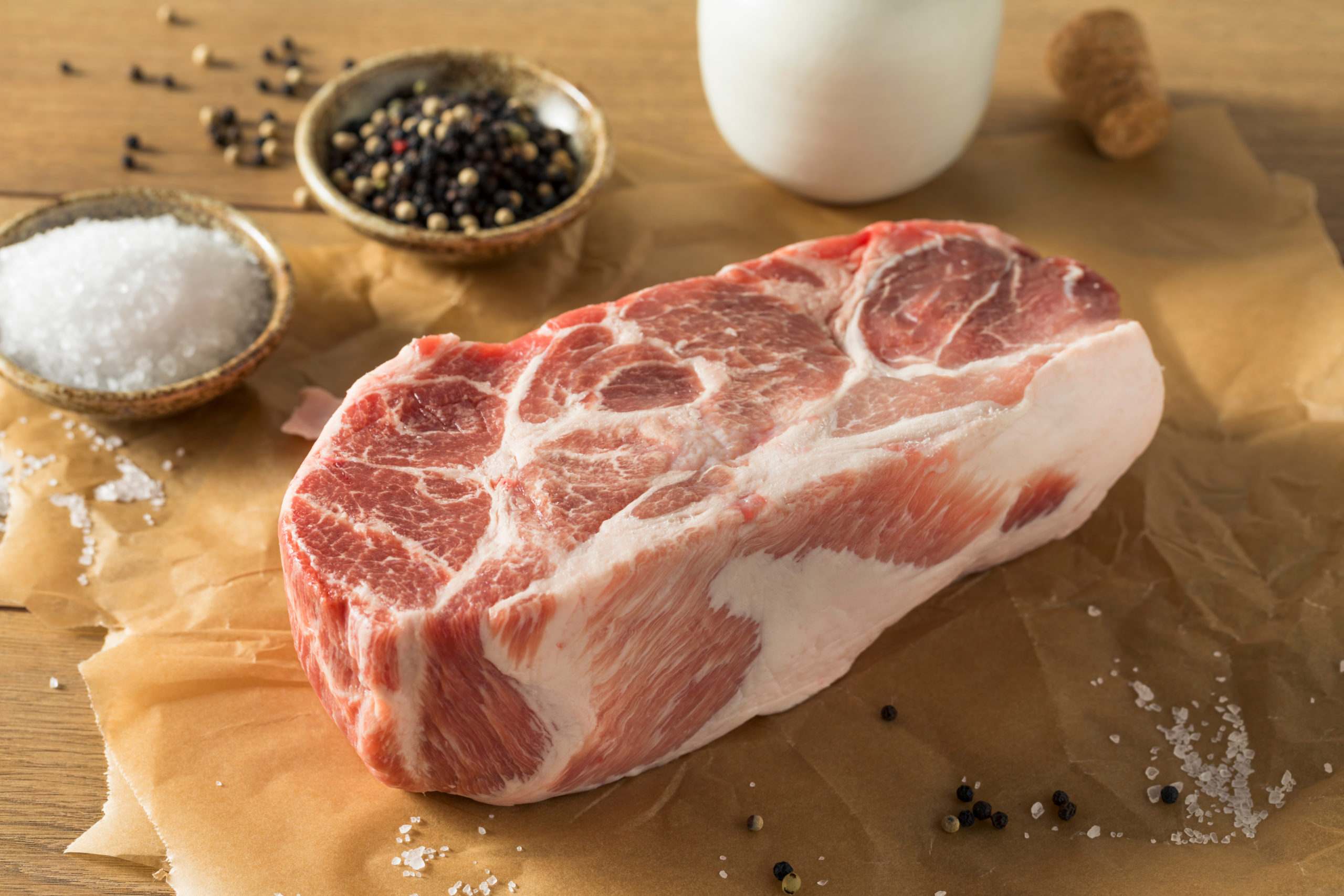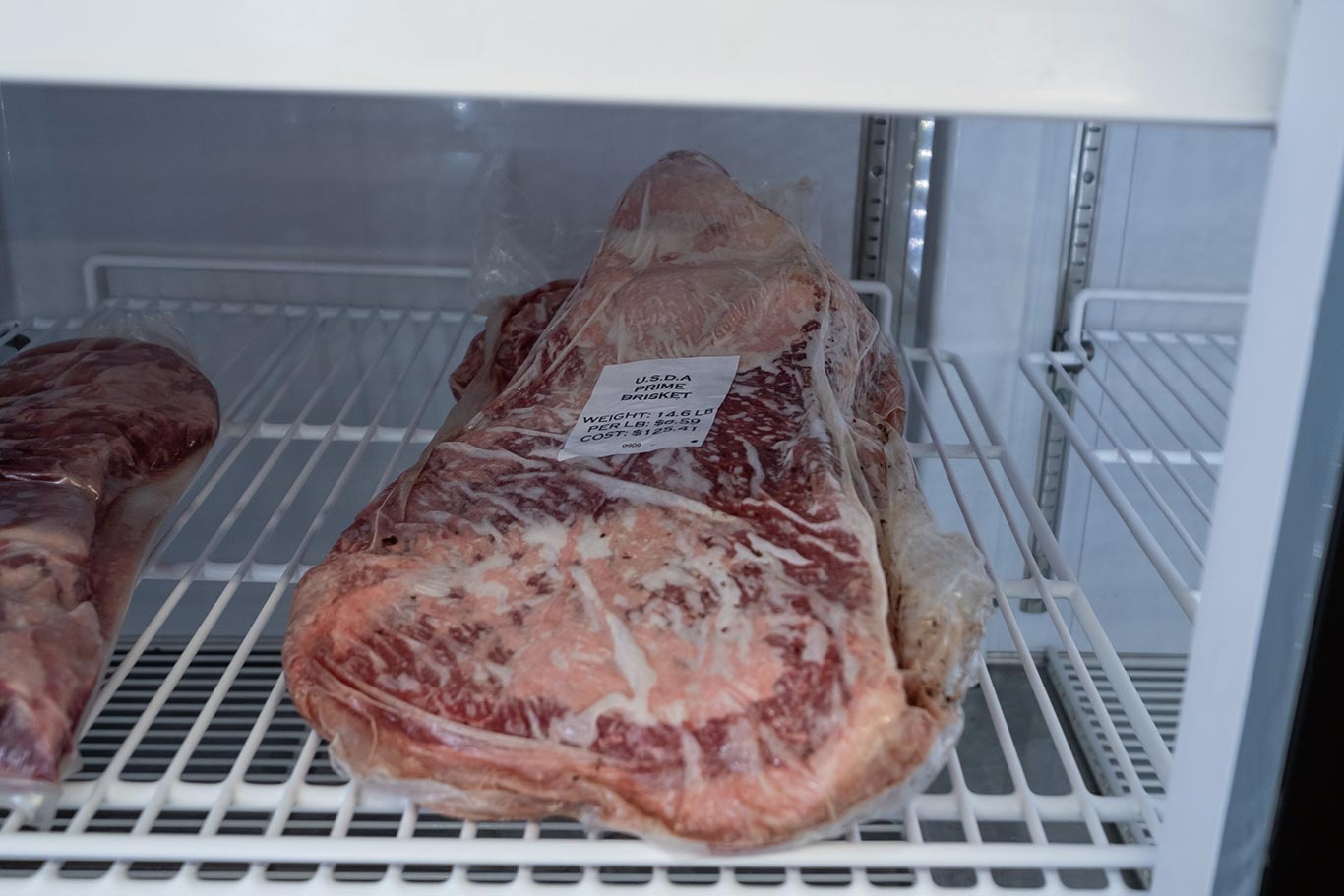The science behind this will only bore you, so here is a simplistic discussion.
First of all, you do not need smoke to get a smoke ring.
You need the presence of nitric oxide (NO) and carbon monoxide (CO), which are byproducts of combustion.
Also, you need the presence of myoglobin also known as myowater, the liquid that is always in the meat package, which is often thought to be blood.
Myowater is in all meat and can make up 75% of its weight.
In the very early stages of the cook NO and CO will react with the myowater at the very surface of the meat and will enter the meat, changing the myowater to pink.
In its original state, myowater is purplish.
When the surface temperature of the meat reaches 170 degrees, NO and CO will stop reacting with the meat’s myowater, thus the end of the smoke ring.
For large cuts of meat like briskets and pork butts, it is important to remove the fat cap or otherwise the fat cap will quickly reach 170 degrees and NO and CO will not reach the meat.
Another idea is to start the cooking temperature lower, such as at 225 for about 1 ½ hours to allow NO and CO to enter the meat deeply before the surface reaches 170 degrees, then increase the temperature to 275 or so for the remainder of the cook.


